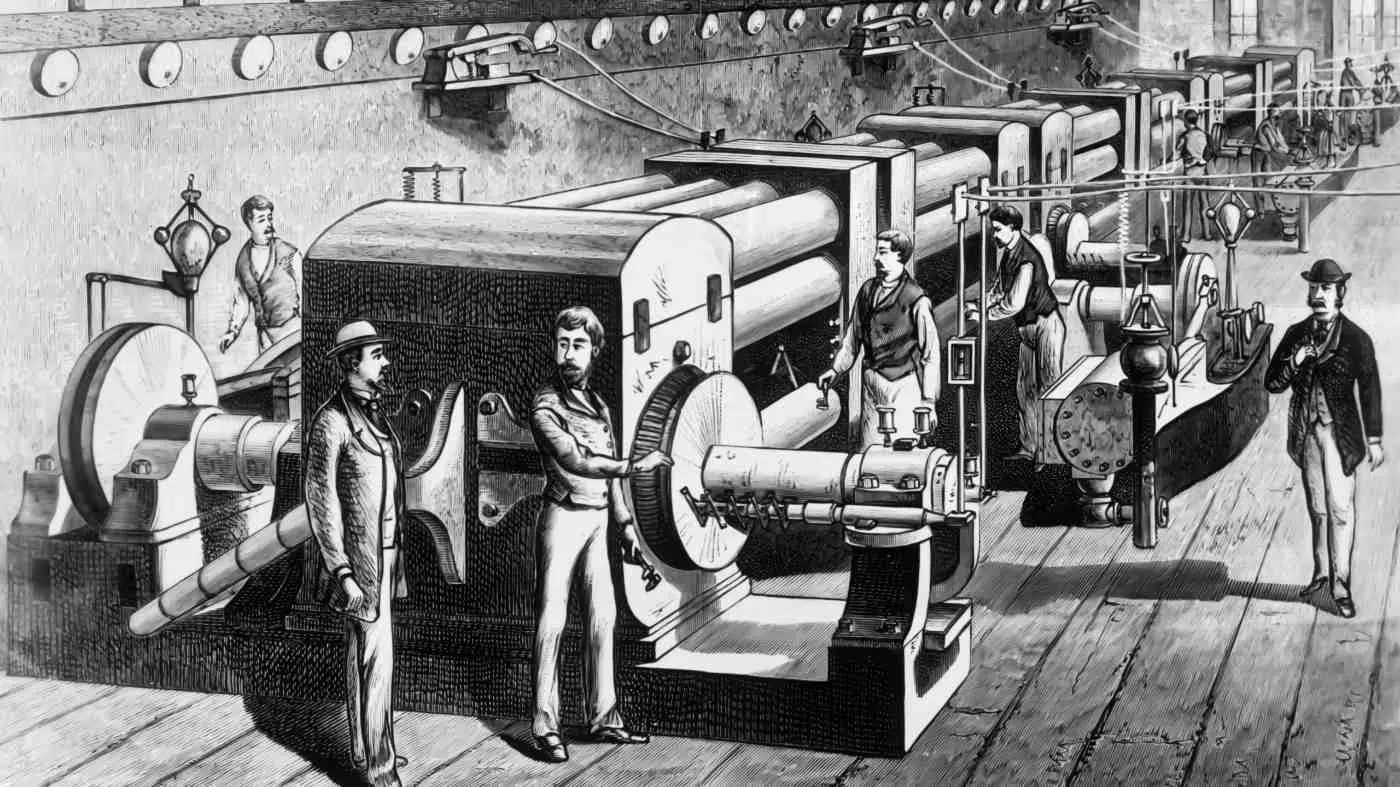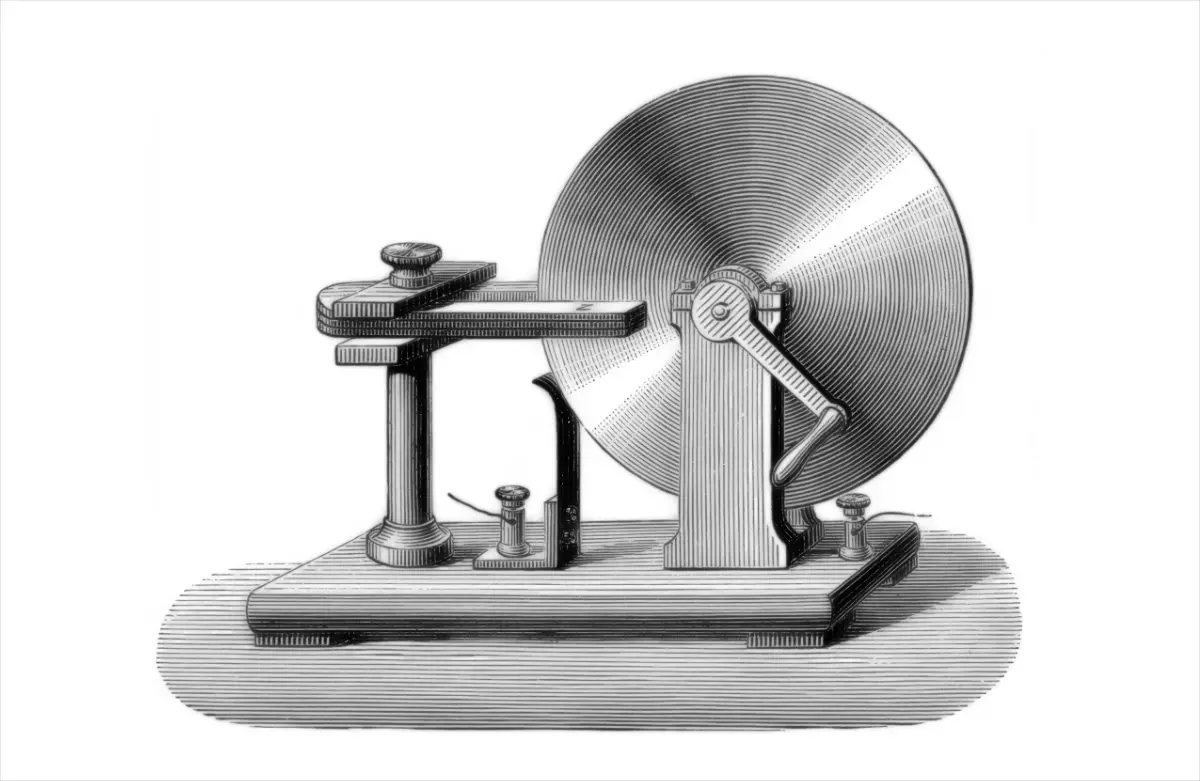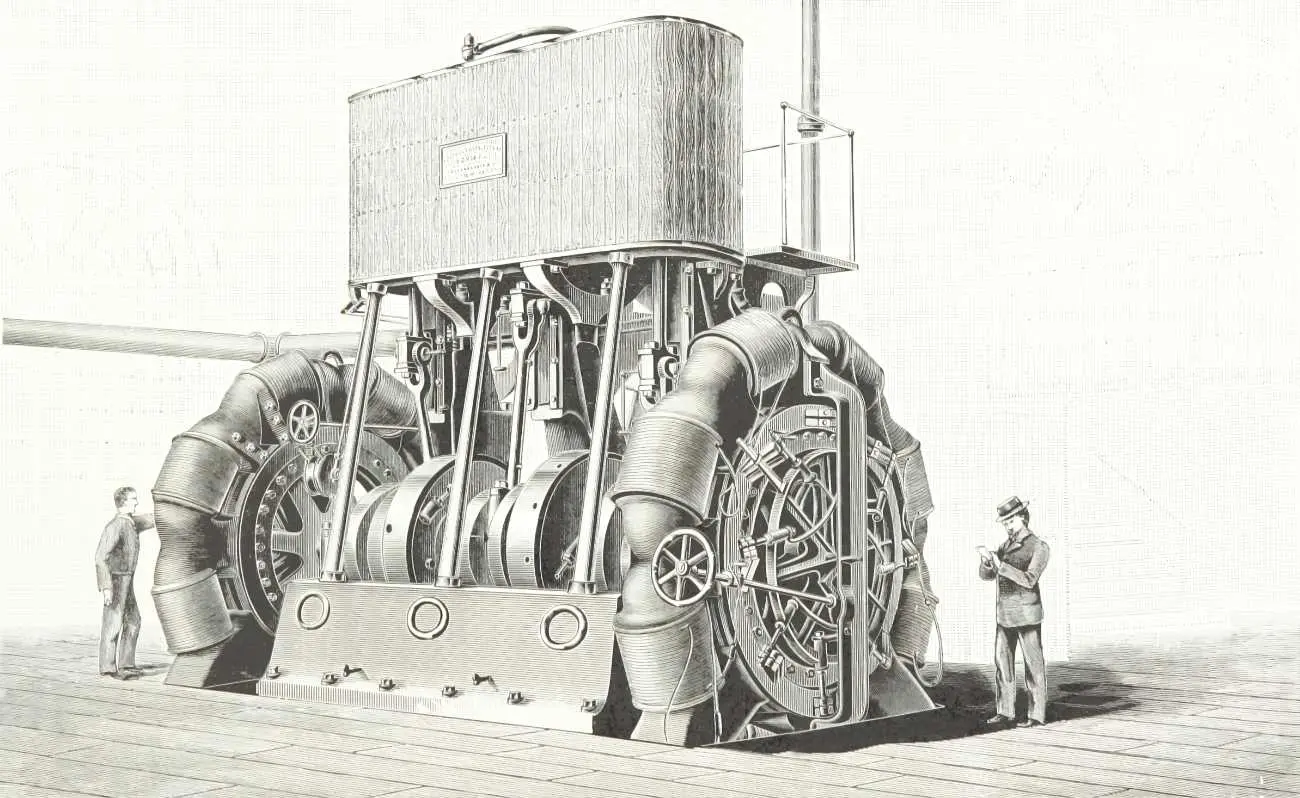Electrifying History: The History of the Pearl Street Generating Station
Explore the electrifying history of the Pearl Street Generating Station and its pivotal role in shaping the modern electrical power industry.
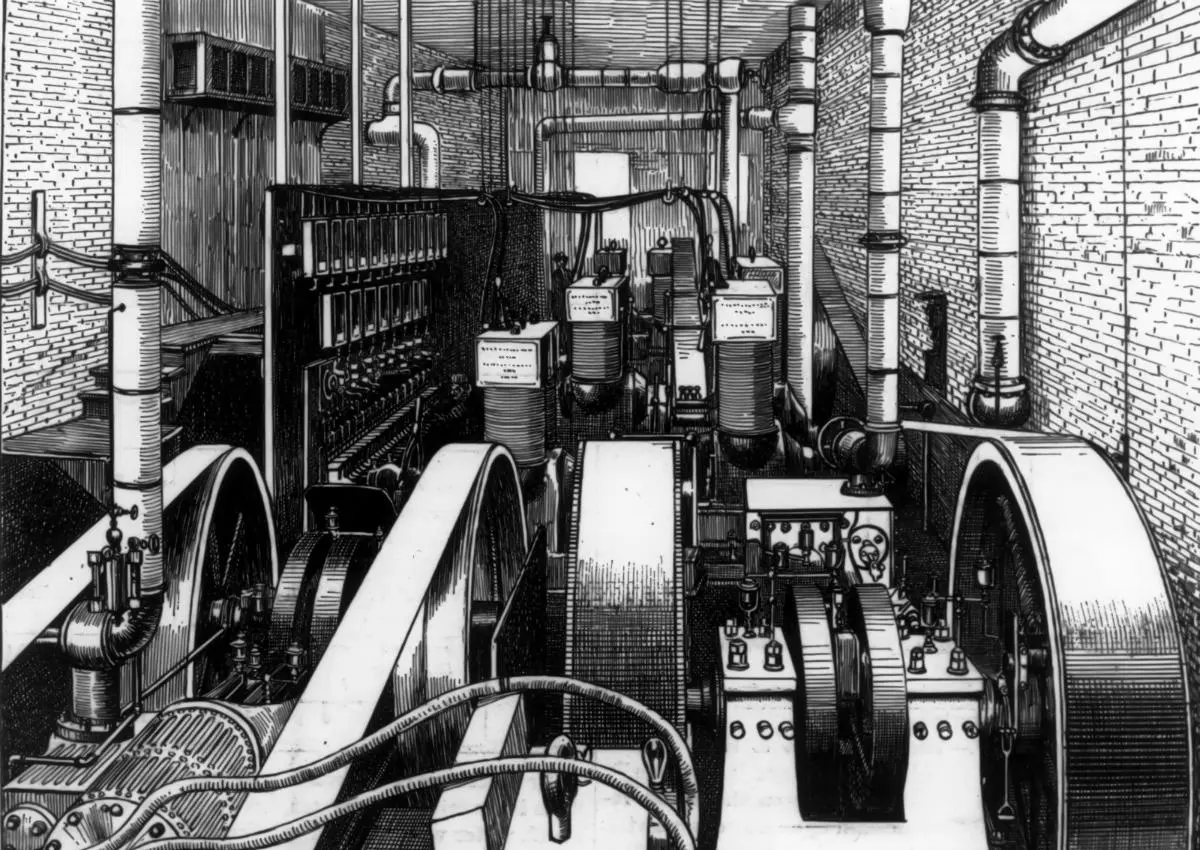
The Pearl Street Generating Station, nestled in the bustling streets of Manhattan, stands as a testament to the revolutionary strides taken in the realm of electrical power. Its significance reverberates through the corridors of history as it marks the genesis of centralized power stations and the electrification of urban spaces. In the late 19th century, when the world teetered on the brink of a technological revolution, the Pearl Street Generating Station emerged as a pioneering force under the visionary leadership of Thomas Edison.
A brief overview of the significance of the Pearl Street Generating Station
The Pearl Street Generating Station holds a hallowed place in the chronicles of technological advancement. On September 4, 1882, it flickered to life, casting a luminous glow over lower Manhattan and forever changing how society harnessed and consumed electricity. This unassuming powerhouse became a symbol of progress, bridging the gap between the theoretical promise of electricity and its practical application. Serving as a harbinger of a new era, the station illuminated not just the streets but the collective imagination of a world on the brink of a transformative electrical age.
Importance of the station in the development of the electrical power industry
The importance of the Pearl Street Generating Station extends far beyond the confines of its physical location. It was a bold experiment that validated the feasibility of centralized power generation and distribution. Thomas Edison's brainchild demonstrated that electricity could be harnessed, controlled, and efficiently delivered to homes and businesses. This pivotal moment in history laid the foundation for the development of a robust electrical power industry, sparking a global race to electrify urban landscapes and redefine the possibilities of modern living. The Pearl Street Generating Station, therefore, stands as a cornerstone in the evolution of the electrical power industry, shaping the trajectory of technological progress for generations to come.
The Visionary Mind Behind Pearl Street
At the forefront of the electrifying saga of the Pearl Street Generating Station was none other than the indomitable Thomas Edison. Widely regarded as one of history's most prolific inventors, Edison spearheaded the design and construction of this groundbreaking facility. His keen understanding of electrical principles and relentless pursuit of innovation fueled the creation of a centralized power station that would revolutionize how societies harnessed and utilized electricity.
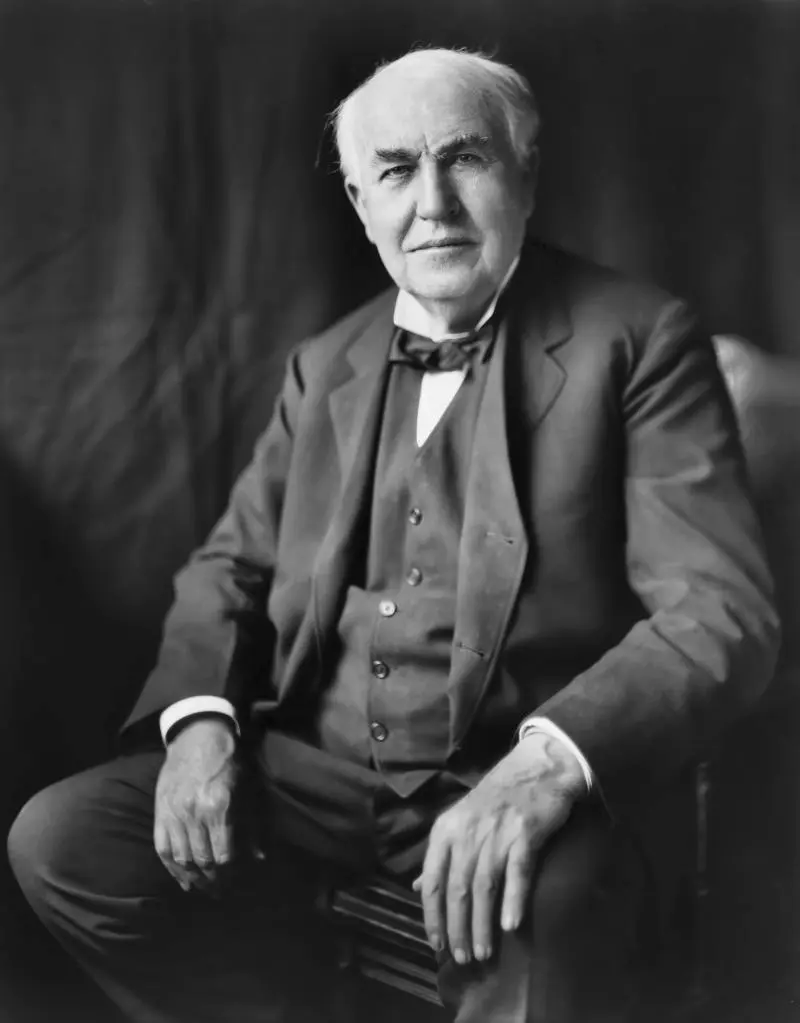
Collaboration with Francis Upton
Edison's journey into the realm of electrical power was not a solitary endeavor. Collaborating closely with him was the brilliant Francis Upton, a fellow inventor and physicist. Together, they brought diverse expertise to the drawing board, combining Edison's inventive genius with Upton's scientific acumen. Their collaborative efforts laid the groundwork for the practical realization of Edison's vision, ensuring that the Pearl Street Generating Station would not merely be a conceptual triumph but a tangible beacon of progress.
Edison's goal of creating a centralized power distribution system
Edison's ambition extended far beyond the creation of a mere power station; he envisioned nothing short of a transformative shift in how electricity was generated and disseminated. His goal was audacious yet clear: to establish a centralized power distribution system that would serve as the beating heart of urban electrification. Edison's vision sought to replace the fragmented, localized power sources of the time with a unified, efficient system capable of illuminating entire city blocks. The Pearl Street Generating Station, with Edison at the helm, became the manifestation of this grand vision, a pivotal step towards realizing the dream of widespread access to electrical power.
Inauguration and Operations
The date of September 4, 1882, marked the commencement of a new era as the Pearl Street Generating Station hummed to life. On this historic day, the station cast its inaugural glow over the streets of Manhattan, signaling the dawn of centralized electric power and paving the way for a profound transformation in how society engaged with energy.
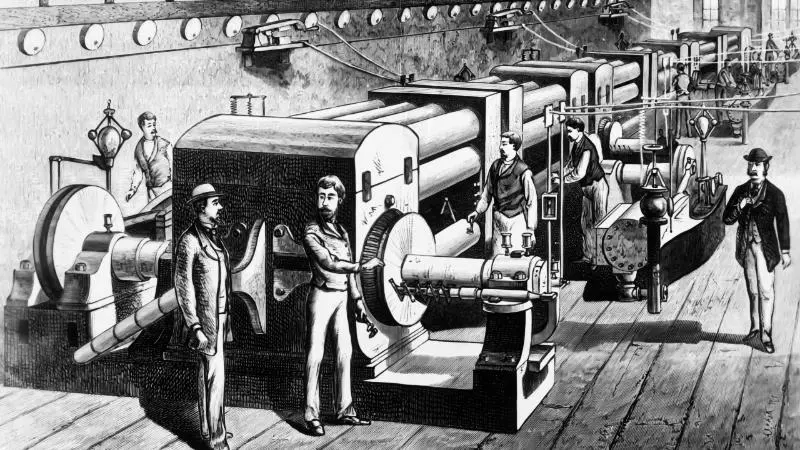
Nestled amidst the bustling streets of Manhattan, the Pearl Street Generating Station found its home at 255-257 Pearl Street. This unassuming location belied the significance of the facility within; it became the epicenter of a burgeoning electrical revolution, radiating power and innovation from its unpretentious setting in the heart of the city.
Edison's engineering prowess came to life within the station's walls, where direct current (DC) generators served as the pulsating heart of the operation. Emitting a steady current at 110 volts, the station adopted a cutting-edge three-wire distribution system. This meticulous design ensured the efficient transmission of electricity across the nascent power grid, setting a precedent for future power distribution systems.
Initial customer base and the introduction of Edison's incandescent light bulbs
As the Pearl Street Generating Station flickered to life, it cast its luminous embrace over an initial customer base of 59 lucky recipients by the end of the first month. Among them were residences and businesses eager to embrace the promise of electricity. Edison's incandescent light bulbs, a marvel of innovation, found their first widespread use in this inaugural period, illuminating the darkness and heralding a new era of convenience and productivity for those fortunate enough to be part of the station's initial clientele. The introduction of these bulbs not only illuminated spaces but also illuminated the path toward a future powered by the magic of electricity.
Impact on Lower Manhattan
The inauguration of the Pearl Street Generating Station marked not just the birth of a power facility but the expansion of electrical power services across Lower Manhattan. As the web of power lines extended its reach, previously unlit streets and buildings came alive with the glow of electric light. The station's impact reverberated through the urban landscape, laying the groundwork for a comprehensive electrification that would eventually span the globe.
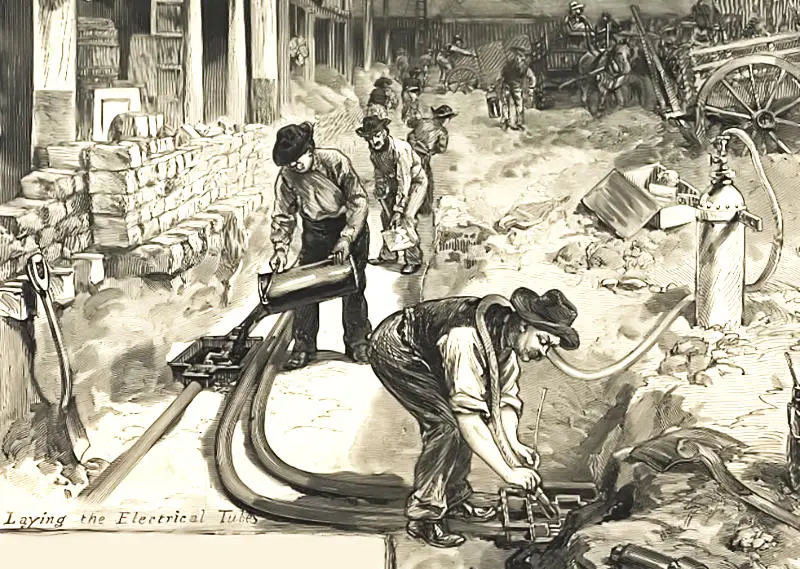
Transformation of daily life for residents and businesses
The Pearl Street Generating Station catalyzed a profound transformation in the daily lives of Lower Manhattan's residents and businesses. No longer bound by the constraints of daylight, businesses could extend their operating hours, ushering in a new era of productivity and economic growth. Residents experienced newfound convenience with the introduction of electric lighting, making evenings more vibrant and social activities more accessible. The station became an emblem of progress, orchestrating a paradigm shift in how people lived, worked, and interacted with their environment.
Demonstration of the feasibility of central power stations
Amidst the glow of electric light, the Pearl Street Generating Station stood as a resounding demonstration of the feasibility of central power stations. Edison's vision had materialized into a functional reality, showcasing that large-scale power generation and distribution were not just theoretical constructs but practical necessities for burgeoning urban centers. The success of the station laid the groundwork for the proliferation of similar facilities worldwide, solidifying the central power station model as a cornerstone in the electrification of cities and underscoring the inevitability of a future powered by centralized electrical grids.
The Battle of Currents
The electrifying saga of the Pearl Street Generating Station unfolded against the backdrop of the "Battle of Currents," a fierce rivalry that shaped the future of electrical power. Edison's direct current (DC) system faced formidable competition from alternating current (AC) systems championed by inventors like Nikola Tesla. The industry found itself at a crossroads as these two competing technologies vied for dominance, each offering distinct advantages and grappling with inherent limitations.
Nikola Tesla and George Westinghouse's contributions
In the midst of this intense competition, the brilliant Nikola Tesla and visionary entrepreneur George Westinghouse emerged as key figures in the advancement of alternating current. Tesla's innovations in AC technology, including the development of the induction motor and transformer, laid the groundwork for more efficient power distribution over long distances. Westinghouse, recognizing the potential of Tesla's inventions, became a staunch advocate for AC systems, leading to the establishment of the Westinghouse Electric Company.
Shifts in the industry and the eventual decommissioning of the Pearl Street Station
The industry underwent seismic shifts as AC systems gained traction for their ability to transmit electricity over greater distances. The Pearl Street Generating Station, once a symbol of electrical pioneering, found itself overshadowed by the expanding reach of alternating current. Although AC power was growing in usage, Pearl Street station operated successfully until a fire broke out on the morning of 2 January 1890. The station was rebuilt and continued to operate until 1895 when it was finally decommissioned. By that time, engineers had designed power plants of much greater size intended to serve a larger area—Pearl Street was obsolete.
The decommissioning marked the end of an era, highlighting the relentless march of technological progress and the dynamic nature of an industry in constant flux. The Pearl Street Generating Station, while no longer in operation, had served its purpose as a catalyst for change, contributing to the ongoing evolution of electrical power systems worldwide.
Legacy and Historical Significance
The Pearl Street Generating Station stands as an indomitable pioneer in the realm of electric power distribution. Its establishment and successful operation marked the turning point in history when electricity transitioned from a theoretical concept to a practical utility. The station's innovative design and centralized power distribution system paved the way for a new era, proving that electricity could be harnessed and distributed on a scale that was previously unimaginable. As a trailblazer, the Pearl Street Generating Station set the stage for the widespread adoption of electric power infrastructure across the globe.
Influence on the development of power infrastructure globally
The impact of the Pearl Street Generating Station extended far beyond the boundaries of Manhattan. Its success resonated globally, influencing the direction of power infrastructure development in cities around the world. Centralized power stations modeled after the Pearl Street Station became the blueprint for urban electrification. The lessons learned from Edison's venture informed subsequent generations of engineers and innovators, contributing to the refinement and expansion of power systems on an international scale. The Pearl Street Generating Station's influence echoes in the humming grids that now crisscross the globe, connecting millions to the transformative power of electricity.
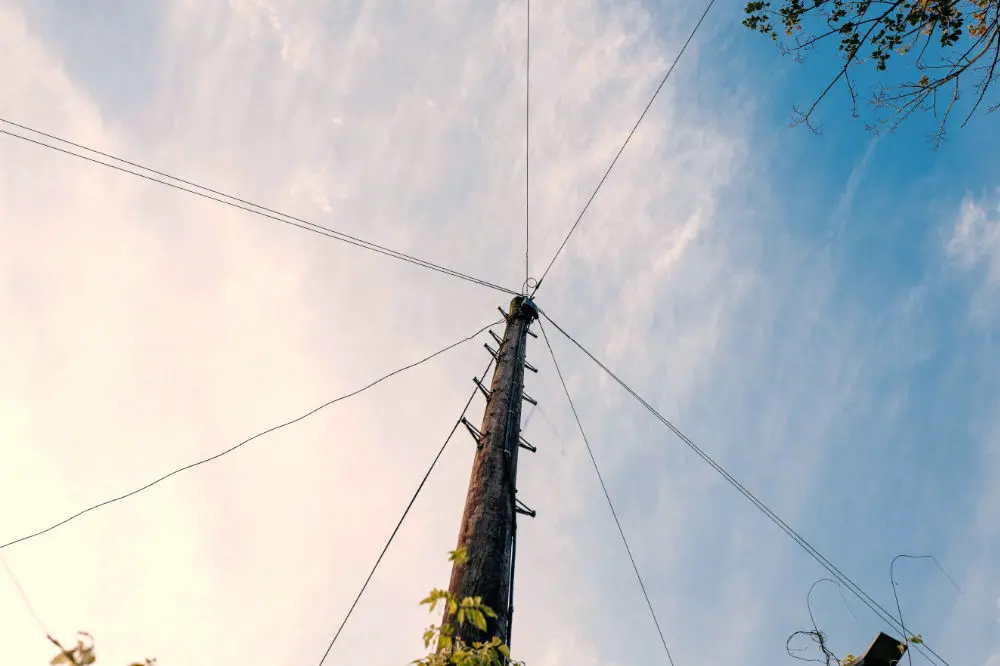
In recognition of its historical importance, the Pearl Street Generating Station has become a focal point for preservation efforts. Efforts to safeguard this landmark are essential to ensure that future generations can appreciate the birthplace of modern electric power. The station's historical significance has prompted initiatives aimed at maintaining its structural integrity and preserving artifacts that tell the story of its pivotal role in shaping the electrical power industry. By recognizing and preserving the Pearl Street Generating Station, we honor the ingenuity of those early visionaries and their contributions to a world forever changed by the advent of electricity.
Conclusion
In retrospect, the Pearl Street Generating Station emerges as a luminary in the tapestry of technological progress. Its inception on September 4, 1882, symbolized more than the illumination of Lower Manhattan; it marked the birth of a transformative era in the annals of electrical power. Under the guidance of Thomas Edison, this unassuming station became the vanguard of centralized power distribution, etching its name in the pages of history as a pioneer in the electrification of urban spaces.
The impact of the Pearl Street Generating Station resonates through time, reverberating in the very foundations of the modern electrical power industry. Its successful demonstration of centralized power generation and distribution laid the groundwork for the grid systems that now crisscross the globe, bringing light and energy to millions. The station's legacy is embedded in the DNA of contemporary power infrastructure, reminding us of the audacity of early visionaries and the resilience of innovation in the face of technological challenges.
As we reflect on the journey of the Pearl Street Generating Station, its enduring legacy becomes clear. This unassuming facility, standing at 255-257 Pearl Street, Manhattan, not only illuminated the streets of Lower Manhattan but also illuminated the path toward a future powered by electricity. Its importance in technological progress is not just historical; it is a living testament to the boundless possibilities that emerge when human ingenuity is coupled with visionary ambition. The Pearl Street Generating Station remains an icon, a beacon guiding us through the corridors of history, reminding us that from its unassuming foundations, a global transformation emerged—one that continues to shape the way we live, work, and thrive in the electrified world it helped pioneer.
